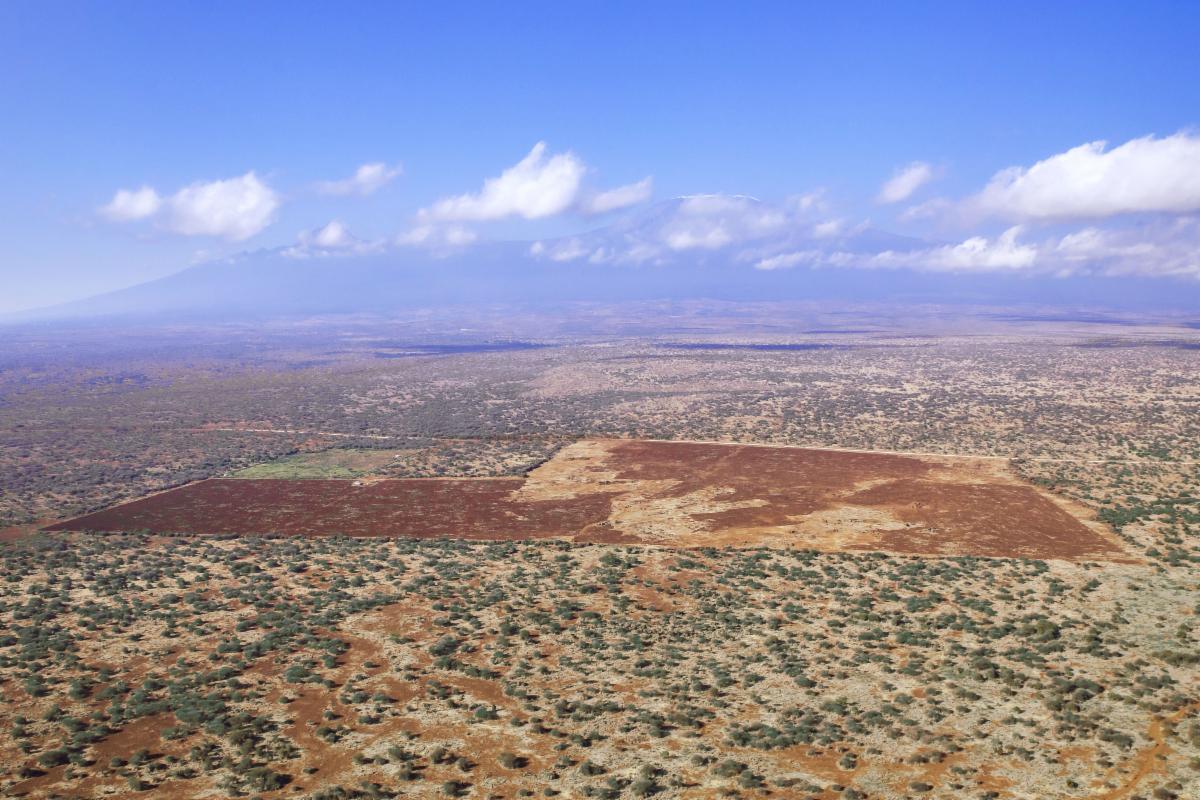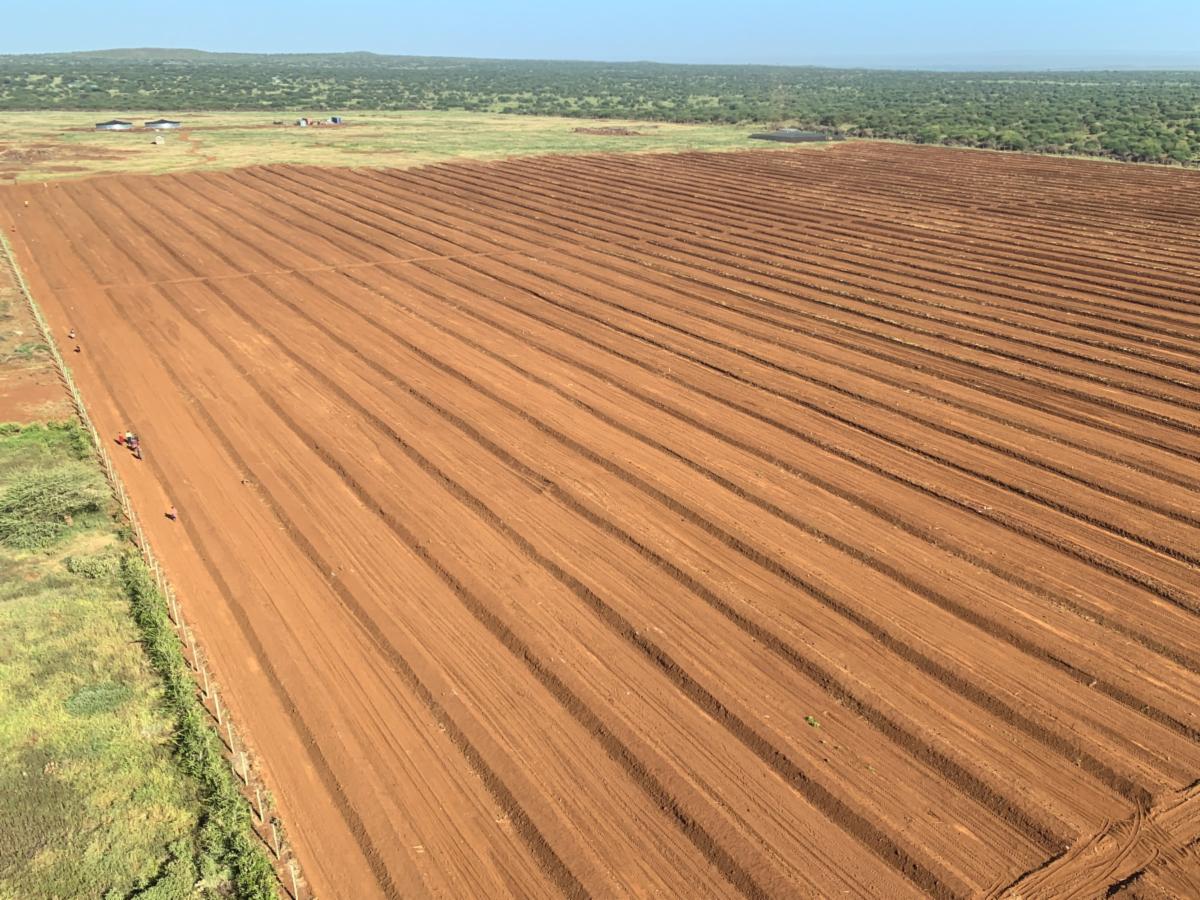
Barnaby (nicknamed Megahead) is vulnerable because he spends much of his time outside the Park. We're trying to keep him and his habitat safe and need your support.
|
|
Thanking Our Generous Donors
We last thanked our generous donors at the end of September. Therefore, we have a long list of our top supporters for this issue. We are particularly thankful for these donations during what has been a very difficult year for everyone. Because of your loyalty and your concern for elephants we have been able to continue our work without interruption and all of our staff have been able to continue at full pay. We sincerely thank you.
Agmore Foundation
Doug Aja
Lucy Allinson
Anonymous
Mary Beckwith
Nancy Camp
Conservation Society of California
Virginia Dean
Detroit Zoological Society
Fair Play Foundation
Fay Forman
Helen Grube Gifford
Cathy Grellet
Gwydion Fund
Sheila Hixon
Stephen D. Klein
Leanne Lachman
Cathy Levens
Luigi Footprint Foundation
John Madigan
Gretchen Mair
March to the Top
Maue Kay Foundation
Oakland Zoo
Gordon R. Ray
Rogers Family Foundation
Rolf and Elizabeth Rosenthal Family Foundation
Deryl Santosuosso
Margaret Schaake
Richard Schiffrin
Richard Stanley
Strear Family Foundation
Kevin Thompson
Jay Trivedi
Michele Yanko
|
 Angelina's twins at 10 months old; they turned one year old in February
 Pazia and her boys who will be one in April Pazia and her boys who will be one in April
|
|
Causeway to the Research Camp
In the last newsletter we asked for funds to build a causeway across the lake that had formed between the main road and our camp. Thanks to a generous donation from the Luigi Footprint Foundation here in Kenya, we were able to complete the construction. Our Land Rovers are definitely thanking our supporters for not having to drive through 1-2 feet of water every time we go in and out of camp. It turns out that not only researchers and vehicles are happy, families of elephants who don't want to get their feet wet are also using the causeway.

|
| | Our old Land Rover crossing the lake and the PC family using the new causeway avoiding getting their feet wet |
|
|
Ways to Support Us
Follow an Amboseli Family with Elatia

This is part of the OA family under Kilimanjaro. You could follow this family by joining our Elatia program. We have chosen six Amboseli families for Elatia: the AAs, EBs, FBs, GBs, OAs, and PCs. You can choose one or all of the families to follow. Regular updates include photos and videos, and news of what is going on in the family.
To learn more about Elatia go to This Link. If you have any problems or questions please
Name a Baby Elephant
This adorable three-year-old female calf was recently named by a donor. There are presently many calves needing names and more coming up to naming time. Unlike our Elatia program where many people follow the same family, our naming program is a unique experience. The calf becomes "your" calf alone and the name you give forms a part of the Amboseli dataset for all time. For more information, please write to us at: [email protected]
*********
iGive
One of the ways you can support ATE is by making your online purchases through iGive. If you sign up the Amboseli Trust for Elephants as your recipient organization we will get a small percentage of the sale. Connect with iGive.
Give a Gift that Lasts Forever
Designate the Amboseli Trust for Elephants as a beneficiary of your will, individual retirement account, or life insurance policy. To learn more about planned giving opportunities, please contact Betsy Swart:
Tel +1-508-783-8308.
|
|
|
News from the Amboseli Trust for Elephants
January - March 2021
|
|
I'm writing this at the end of March in Kenya where new restrictions have just been announced because of a Covid surge. Kenya has done remarkably well over the last very difficult year, but variants from the UK and South Africa have arrived and the case numbers are rising. At the same time, there is good news--Covid vaccines are here and are now being given free to all who qualify. I received a vaccination a few days ago.
In the meantime, I wish visitors could come to Amboseli right now. I don't think I have ever known it to be so beautiful. With abundant rainfall for three years in a row, the Park is green and lush and the top of Kilimanjaro is covered in deep snow. As is common from January through March, the mountain is out all day every day. The wildlife is enjoying the excellent conditions and they are all looking fat and healthy.
The baby boom of 2020 continued to be amazing and by the end of the year there were 238 calves of which only eight died. The two sets of twins have reached or nearly reached their first birthday: Angelina's male and female in February and Pazia's boys in April. They started trying to eat vegetation at around three months old and by the time they were nine months they were feeding well. They have a very good chance of survival now with a diet of both vegetation and milk. Their mothers will continue to suckle them for another two to three years.
When more people are vaccinated and travel becomes safe again, come to Kenya and to Amboseli in particular. I so want to share its splendour as soon as possible.
Cynthia Moss
Director
Amboseli Trust for Elephants
|
|
 |
|
Are Avocados More Important than Elephants?
The Kenya Government and its NGO partners have much to be proud of in their efforts to stop poaching of wildlife. Killing of rhinos and elephants was greatly reduced in 2020. No rhinos were killed and only nine elephants poached. In the Amboseli ecosystem there was zero poaching of either of these species.
At the same time, the serious long-term threat to wildlife--loss of habitat--has become acute. As the human population grows and developers are looking for more land to acquire, wilderness areas are fast disappearing. Unfortunately, this is happening right now in the Amboseli ecosystem.
The land surrounding Amboseli National Park was held by the Maasai community as "group ranches" for many years, but now the ranches are undergoing sub-division into parcels, which are being given out to individual members. There were two group ranches that touched on the Park boundaries: Kimana/Tikondo and Olgulului/Ololorashi. Kimana was subdivided about 30 years ago and the result has been devastating for wildlife. Many of the 60-acre plots were sold almost immediately to non-Maasai, who fenced the plots and converted them for lodges, farms, quarries, etc. Not only was wildlife blocked from the fenced land but so were the Maasai and their cattle.
 Recently, a company called KiliAvo Fresh Ltd has bought 180 acres in the former Kimana Group Ranch. The acres lie between three protected areas in a crucial zone that enables wildlife to disperse across the eastern part of the Amboseli ecosystem. The 180 acres have been fenced, stripped of all vegetation, and boreholes sunk to prepare for the planting of avocado trees. Not only is the activity destroying a large area of this habitat, but it will also use a huge amount of water and require pesticides and fertilisers. This precious, cool, clear water, which comes underground from Kilimanjaro, is the very essence of Amboseli. It feeds the extensive swamps and marshes that make Amboseli such a rich area for wildlife. Recently, a company called KiliAvo Fresh Ltd has bought 180 acres in the former Kimana Group Ranch. The acres lie between three protected areas in a crucial zone that enables wildlife to disperse across the eastern part of the Amboseli ecosystem. The 180 acres have been fenced, stripped of all vegetation, and boreholes sunk to prepare for the planting of avocado trees. Not only is the activity destroying a large area of this habitat, but it will also use a huge amount of water and require pesticides and fertilisers. This precious, cool, clear water, which comes underground from Kilimanjaro, is the very essence of Amboseli. It feeds the extensive swamps and marshes that make Amboseli such a rich area for wildlife.
 There is a currently a court case to try to stop KiliAvo's activity. We have contributed our collar data showing the way elephants move through this area, as an example of the scale of wildlife movement there. This is just one of the ways we and others are fighting for the future of Amboseli, its wildlife, and its people and their way of life.
Watch this space and our social media for updates and calls for action.
[Photos courtesy of our partners, the Big Life Foundation]
|
The IUCN Red Listing has long been the standard scale for classifying the level of threats to species. In the latest update, African elephants have been treated as two separate species for the first time, meaning both species have moved up the scale. Previously listed as Vulnerable, African savannah elephants (Loxodonta africana) are now classified as Endangered and African forest elephants (Loxodonta cyclotis) are Critically Endangered.
This doesn't represent a change in the actual level of threat to either species, but is a much more accurate reflection of how bad things are for elephant populations across Africa. This analysis used data going back to the 1960s and a sophisticated modelling approach to account for the different ways we can count elephants to estimate population trends. Aerial surveys are great for populations in open habitat but of limited use in forests, where transects walked on foot count the tracks and signs of elephant feeding and convert these signs to population estimates. More recently camera trapping and acoustic monitoring techniques have also contributed to surveys.
|
| Critically endangered forest elephants in central Africa
|
The results are sobering: African forest elephant populations fell by more than 86% in just 30 years, while African savanna elephants decreased by at least 60% over the last 50 years. Landscapes without elephants are fundamentally altered without these ecosystem engineers. Poaching (for ivory and meat) and habitat loss (see our own KiliAvo example above) are the main drivers of loss. How we stabilise and reverse these trends is a much harder question, but with official listing finally reflecting the reality for African elephants, we hope policies can be strengthened appropriately and help us stop a slide to extinction.
|
The History of the OB Family
From 1972 to 1977, much of our research effort was focused on identifying every individual in the population and working out the number of families and their composition. The females in the final family to be identified during this period were first recorded in February 1977. They were always in large groups often with the GBs and IBs, who were considered immigrants from the eastern part of the ecosystem.
It wasn't until early 1980 that the final family was seen in a small group of nine. It was at this point that I named the largest female Omega because that is the last letter of the Greek alphabet. Her small family became the OBs. There appeared to be only five members in the family. Omega was estimated to have been born in 1955 and so was 25 years old at the time. There were three young females 12-14 years old and one adolescent male but no calves. So, in 1980 the OBs consisted of the following:
Omega F 1955
Odile F 1966
Ophelia F 1967
Oriel F 1968
Otto M 1969
|
|
|
I want to thank our supporters again for your generosity during 2020. We weren't sure how we would fare but you came through and kept us going and we very much appreciate your concern for elephants and our work to understand them.
|
|
|